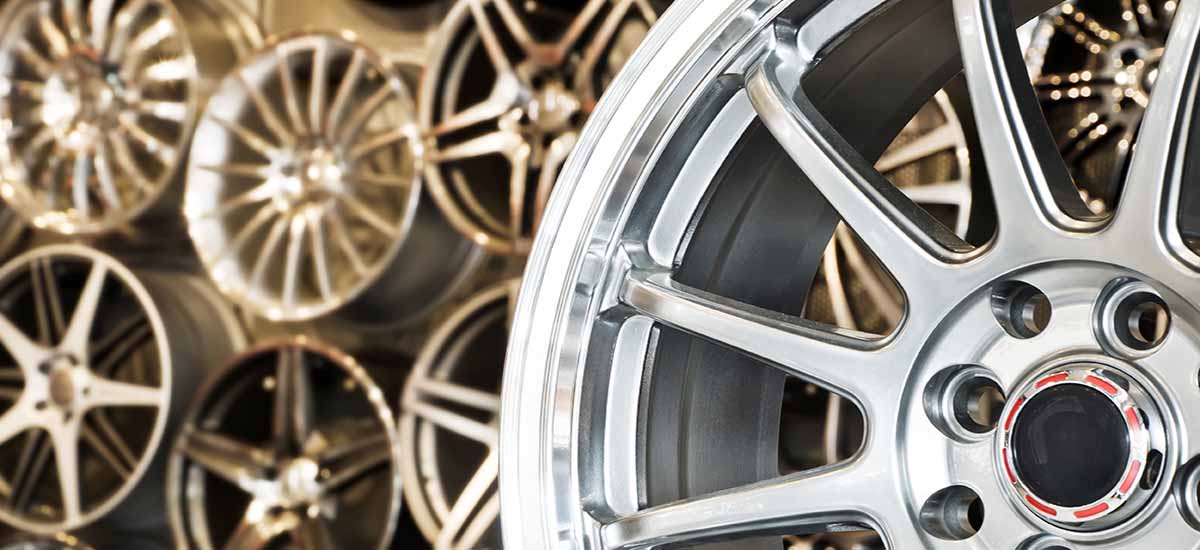
 Your Credit Estimate
Your Credit Estimate
 Your Credit
Your Credit
Your zip code helps us provide you with the most accurate vehicle pricing and vehicle availability.
We estimate your credit score to give you an idea of your monthly payments. To get an accurate payment amount, complete our credit application by clicking the Start Credit Application button below.
start credit application
As automakers look for ways to cut costs without sacrificing safety or performance, their ideas turn to the build of the car. How heavy is it? Are their cheaper materials? We talked about this earlier, where auto manufacturers have already begun to make use of aluminum to replace a fraction of the steel used in auto manufacturing. There is another material that many would not think is climbing the ranks - magnesium.
Think back to school, did you have one of those cool teachers that liked to blow stuff up? If you did, chances are you have seen magnesium in a classroom experiment. When magnesium is lit on fire it burns brighter than the freaking sun, and teachers love to awe their students. But if you have seen it do that, you may wonder why anyone would put that material into a vehicle’s chassis or any other component in an automobile. Prepare to be surprised.
By 2020, automakers like Volkswagen are aiming to use around 350 pounds of magnesium in vehicles. By using this material instead of steel, the vehicle’s total weight will be significantly reduced, sometimes by as much as 20 percent.
The Advanced Research Projects Agency-Energy (ARPA-E) actually committed to give $32 million in grants to research groups focused on using lightweight vehicle materials, including magnesium and aluminum. Additionally, the government has opted to help organizations research, collect, and produce magnesium quicker and cheaper.
The problem? At the moment, magnesium is about 75 percent more costly to produce than steel. Not only that, but most magnesium produced results in harm to the environment. Our largest magnesium imports are from China, where a coal-fueled industry is digging up magnesium ore. Coal? Fire? Not good for the atmosphere. Another good chunk of the resources comes from Utah, where acquiring it results in some damage to the Great Salt Lake.
We discussed how aluminum can increase the performance, strength, and safety of vehicles, and magnesium is not far behind. If we can find a way to produce it cheap, without further harming the environment, then you can bet magnesium will become a large part of auto construction. Until then, maybe scientists should look into synthetic spider silk. That stuff is stronger than most high-grade alloy steel.